Lone Assassins
The attempt to assassinate President Trump is just the latest in a long line of mostly mentally deranged solo actors, Part I
On July 12, 2024, I was in attendance as a speaker at the annual Freedom Fest conference in Las Vegas, Nevada, along with Presidential candidate Robert F. Kennedy, Jr., who cajoled the 2,300-strong audience to cast a ballot his direction in November. Among RFKJ’s core talking points one stands out as especially prescient for what happened the next day: the need to turn down the temperature of the political rhetoric that has so divided our country. I was hoping to meet Kennedy and give him a signed copy of my book Conspiracy: Why the Rational Believe the Irrational, which I think would help him turn down the temperature of his own conspiratorial rhetoric, from the CIA assassinating his uncle JFK and his father RFK to pharmaceutical companies and the medical establishment intentionally poisoning the American public with toxic chemicals and medicines.
It was not to be. Private security guards carrying semiautomatic rifles were walking the conference halls hours before the candidate’s appearance, including one with an earnest looking German Shepherd dog. Metal detectors were set up at every entrance. I waited in the speaker’s green room with the director of Freedom Fest, Mark Skousen, figuring Kennedy would arrive a few minutes early and there would be an opportunity for a meet-and-greet, which was customary for all speakers, including the other Presidential candidates in attendance—Cornel West (Independent), Jill Stein (Green Party), Chase Oliver (Libertarian Party), and Randall Terry (Constitution Party), none of whom had security. At the last minute we were informed that RFKJ would be entering and exiting through a different part of the auditorium and would not be staying around after. This extensive security detail has cost Kennedy millions of dollars as Biden’s justice department declined to provide Secret Service protection. Given Kennedy’s family’s history with assassinations, and his prominence on the national stage, that will hopefully change, especially after the attempted assassination of President Trump the next day.
It is early still, and there is much we do not know about Trump’s would-be assassin (who, in fact, did assassinate an innocent bystander in the audience seated behind Trump), but the odds are long that he was a lone actor and not part of a conspiracy. My credence in the lone-assassin hypothesis runs high based on my priors on the history of American assassinations and assassination attempts , which I wrote about in Conspiracy. To wit, four presidents have been assassinated while in office—Abraham Lincoln, James Garfield, William McKinley and John F. Kennedy. Another five presidents survived assassination attempts: Andrew Jackson, Theodore Roosevelt, Franklin Roosevelt, Gerald Ford, and Ronald Reagan.
Before Kennedy was killed, arguably the most famous political assassination was that of Lincoln, shot in the back of the head in Ford’s Theater in Washington D.C. on April 14, 1865, unquestionably the result of a cabal led by the famous actor John Wilkes Booth, in cahoots with his co-conspirators Lewis Powell, David Herold, and George Atzerodt. Powell and Herold were assigned to kill Secretary of State William H. Seward, while Atzerodt was supposed to murder Vice President Andrew Johnson. They intended to decapitate the Lincoln administration in the hope of reigniting the South’s “war of independence,” now known to history as the Civil War.
Unlike conspiracy theories, in which everything goes according to plan, actual conspiracies are difficult to pull off, and that was the case here. Only Booth succeeded in his assignment. Atzerodt lost his nerve to kill Johnson, got drunk and abandoned his mission entirely. Powell lied his way into Seward’s home, where the Secretary of State was recovering in bed from a carriage accident. After overpowering Seward’s son, Powell managed to stab Seward with a knife, but the neck splint for the Secretary of State’s injuries prevented the blade from slicing open his jugular vein and he survived. Powell ran out the door screaming, “I’m mad! I’m mad!” After a 12-day manhunt Booth was trapped in a barn and—with seeming cosmic justice—shot in the back of the head, a wound from which he died two hours later. The other conspirators were captured by the end of the month, tried, found guilty, and executed, along with Mary Surratt, convicted as a co-conspirator for aiding and abetting the assassins, the first woman ever executed by the U.S. government.
President James Garfield was shot on July 2, 1881 at the Baltimore and Potomac Railroad Station in Washington, D.C., where he was to deliver a speech before departing on holiday. He died of his injuries 79 days later on September 19, barely six months into his term, killed by a lone nut named Charles Guiteau, who believed he was responsible for Garfield’s defeat of Ulysses S. Grant, for which he believed he was unrewarded. Five years earlier his own family tried to have him permanently committed to an asylum, but he escaped and set himself the task of killing a U.S. president, stating “I leave my justification to God.” After he shot Garfield, Guiteau declared, “I am a Stalwart of the Stalwarts! I did it and I want to be arrested! Arthur is President now,” referring to Vice President Chester A. Arthur. As a result of this confession, conspiracy theories that Arthur was behind the assassination emerged, but were never supported with evidence. During his trial, Guiteau invoked the newly introduced insanity plea, and said he planned to run for President himself after he was acquitted. He was found guilty and hung on June 30, 1882, waving to the crowd and reciting a poem he wrote titled “I am Going to the Lordy.”
President William McKinley was assassinated on September 6, 1901 at the Pan-American Exposition in Buffalo, New York, by an anarchist named Leon Czolgosz, who was standing in a reception line in which McKinley was shaking hands. McKinley died eight days later from his wounds and Czolgosz was sentenced to death by the electric chair. Shortly after, Congress passed legislation requiring Secret Service protection for all future Presidents. As an anarchist, Czolgosz was following in the tradition of European anarchists who had assassinated or attempted to assassinate half a dozen members of royal houses in the late 19th century. After his execution, Buffalo police announced that they believed Czolgosz had not acted alone, and so they arrested several anarchists on suspicion of conspiracy. They were all eventually released without trial when no evidence was presented to try them in a court of law. But subsequent suspicions of anarchists led to surveillance programs, leading to the formation in 1908 of the Federal Bureau of Investigation, or FBI.
And, finally, President John F. Kennedy was assassinated on November 22, 1963, in Dallas, Texas. In response to this tragedy, the new President Lyndon B. Johnson assembled a blue-ribbon commission of investigators headed by Supreme Court Justice Earl Warren, which produced a comprehensive 889-page report, concluding that Lee Harvey Oswald was the lone assassin. Since then, exhaustive investigations of the assassination have been conducted, including the thorough 1979 House Select Committee on Assassinations, the definitive 2002 book on Oswald by Gerald Posner, Case Closed, Vincent Bugliosi’s 2007 encyclopedic 1600-page Reclaiming History that addressed nearly every claim made by JFK conspiracy theorists, Michel Jacques Gagné’s Thinking Critically About the Kennedy Assassination, and Burt W. Griffin’s JFK, Oswald, and Ruby, all of which corroborated the original finding of the Warren report that Oswald acted alone.
Since Oswald was himself assassinated two days after he killed Kennedy, there was no trial and the case was closed until 1969, when New Orleans district attorney Jim Garrison put on trial as a co-conspirator a local businessman named Clay Shaw, alleged to have links to Oswald, who lived for a short time in New Orleans. As Garrison was also a JFK assassination conspiracy theorist he hoped a trial would uncover elements within the U.S. government that had conspired to kill the President, most likely, he figured, the CIA in cahoots with the military industrial complex. Unfortunately for Garrison, the jury acquitted Shaw in under an hour.
Conspiracy theories swirling around the President’s assassination arose from day one, but interest was re-ignited after Watergate eroded public trust in the government in the early 1970s. Then the Zapruder film was made public in 1975, so everyone could see the President’s head appear to snap back and to the left, as if the bullet came from the Grassy Knoll to the President’s right, instead of the Book Depository Building where Oswald was located behind JFK. So, in 1976 the government reopened the case when the House Select Committee on Assassinations hired 250 investigators and spent $5.5 million dollars and 30 months to get to the bottom of who really killed JFK. After issuing a colossal 12-volume report, the committee concluded that Oswald was guilty and that no agency within the U.S. government was involved.
A decade later, in 1986, the London Weekend Television show hosted a mock trial in which Vincent Bugliosi posthumously tried Lee Harvey Oswald. Oswald was defended in absentia by the equally illustrious defense attorney Gerry Spence, known for defending Randy Weaver, the gun-loving anti-government isolationist whose family was killed by FBI agents in a botched raid at his home in Ruby Ridge, Idaho in 1992. After a 20-hour trial the jury deliberated for six hours in what Time magazine called the closest “to a real trial as the accused killer of John F. Kennedy will probably ever get.” The jury convicted Oswald as the lone assassin.
Unsuccessful Presidential assassination attempts have included those on Andrew Jackson, Theodore Roosevelt, Franklin Roosevelt, Gerald Ford, and Ronald Reagan, all by lone unhinged sociopaths.
On January 30, 1835, President Andrew Jackson was fired upon outside the United States Capitol building by a mentally ill house painter named Richard Lawrence, whose pistol misfired twice in the rainy weather. None other than Representative Davy Crockett wrestled the would-be assassin to the ground, whereupon President Jackson beat him with his cane. Conspiracy theories about the assassination attempt were proposed, fingering Jackson’s arch-rival Senator John C. Calhoun, but no evidence of a plot was ever uncovered and Lawrence spent the rest of his life in an insane asylum.
On October 14, 1912, former President Teddy Roosevelt was running again on a third-party ticket called the Progressive Party. While campaigning in Milwaukee, Wisconsin, Roosevelt was shot by a saloonkeeper named John Schrank. Roosevelt survived because the bullet was slowed by passing through his steel eyeglass case and a 50-page twice-folded manuscript of the speech he was about to deliver, which he famously did with his blood soaked shirt for all to see. His opening line is classic: “Ladies and gentlemen, I don’t know whether you fully understand that I have just been shot, but it takes more than that to kill a Bull Moose.” Schrank was found legally insane and was institutionalized until his death.
On February 15, 1933, a disgruntled Italian immigrant named Giuseppe Zangara fired five shots at President Elect Franklin Roosevelt when he was giving a speech in an open car in Miami, Florida, but all bullets missed their intended target. One hit and killed the Mayor of Chicago, Anton Cermak, so conspiracy theories arose about who the “real” intended target was. But Zangara plead guilty and confessed to the assassination attempt: “I have the gun in my hand. I kill kings and presidents first and next all capitalists.” A month later he was executed in an electric chair.
On September 5, 1975, Charles Manson family-cult-member Lynette “Squeaky” Fromme took a shot at President Gerald Ford in Sacramento, California, to protest environmental pollution, but she missed and spent most of the rest of her life in prison, proclaiming her undying devotion to Manson: “The curtain is going to come down on all of us, and if we don’t turn everything over to Charlie immediately, it will be too late.”
On March 30, 1981, John Hinckley Jr. shot President Ronald Reagan in Washington, D.C., in order, he said, to impress the actress Jodie Foster after he became obsessed with her in the film Taxi Driver. Hinckley claimed that he was insane at the time of the assassination. Three government-appointed psychiatrists determined that he was sane because of the extensive fore planning required to attempt a political assassination, but his defense-appointed psychiatrists diagnosed him with several severe mental disorders, including Schizophrenia Spectrum Disorder and Paradoxical Rage. The jury agreed with the defense, so rather than being imprisoned for shooting the President, Hinckley was sent to St. Elizabeth’s mental hospital in Washington D.C. where he was subjected to psychological observation and treatment.
And, of course, there was the assassination of Presidential candidate (and presumptive nominee) Robert F. Kennedy on June 5, 1968, after a campaign rally at the Ambassador Hotel in Los Angeles. After leaving the podium and exiting the ballroom through a kitchen hallway, RFK was murdered by a Palestinian named Sirhan Sirhan, who testified in his trial that he killed Kennedy “with 20 years of malice aforethought.” His conviction led to a death sentence, which was commuted to life in prison when California abolished capital punishment.
To bring this analysis full circle, it was RFK’s assassination that prompted the Secret Service to also protect presidential candidates…some of them anyway. (Alert: The White House just announced that it has ordered Secret Service protection for RFKJ’s campaign.)
In Part II of this series, I will address the specific conspiracy theories already being propagated on social media as wannabe conspiracists go anomaly hunting through every video, photo, and story about the event, along with an explanation for why so many people are cognitively inclined to believe them.
Michael Shermer is the Publisher of Skeptic magazine and author of Why People Believe Weird Things, Heavens on Earth, and Conspiracy: Why the Rational Believe the Irrational. His next book is Truth: What it is, How to Find it, Why it Matters, to be publisher Fall, 2025.




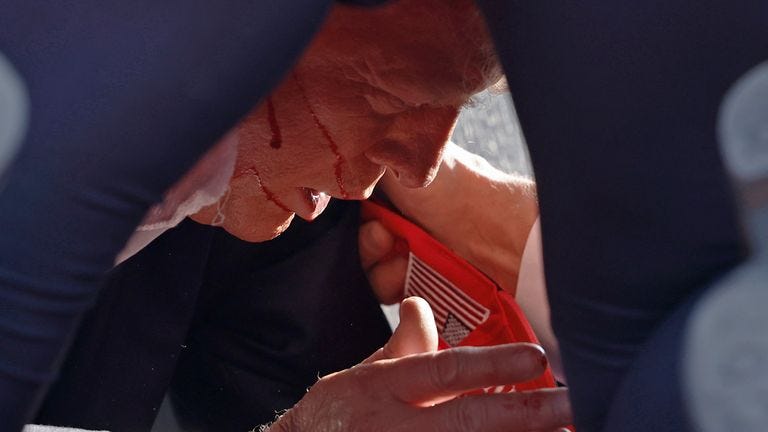


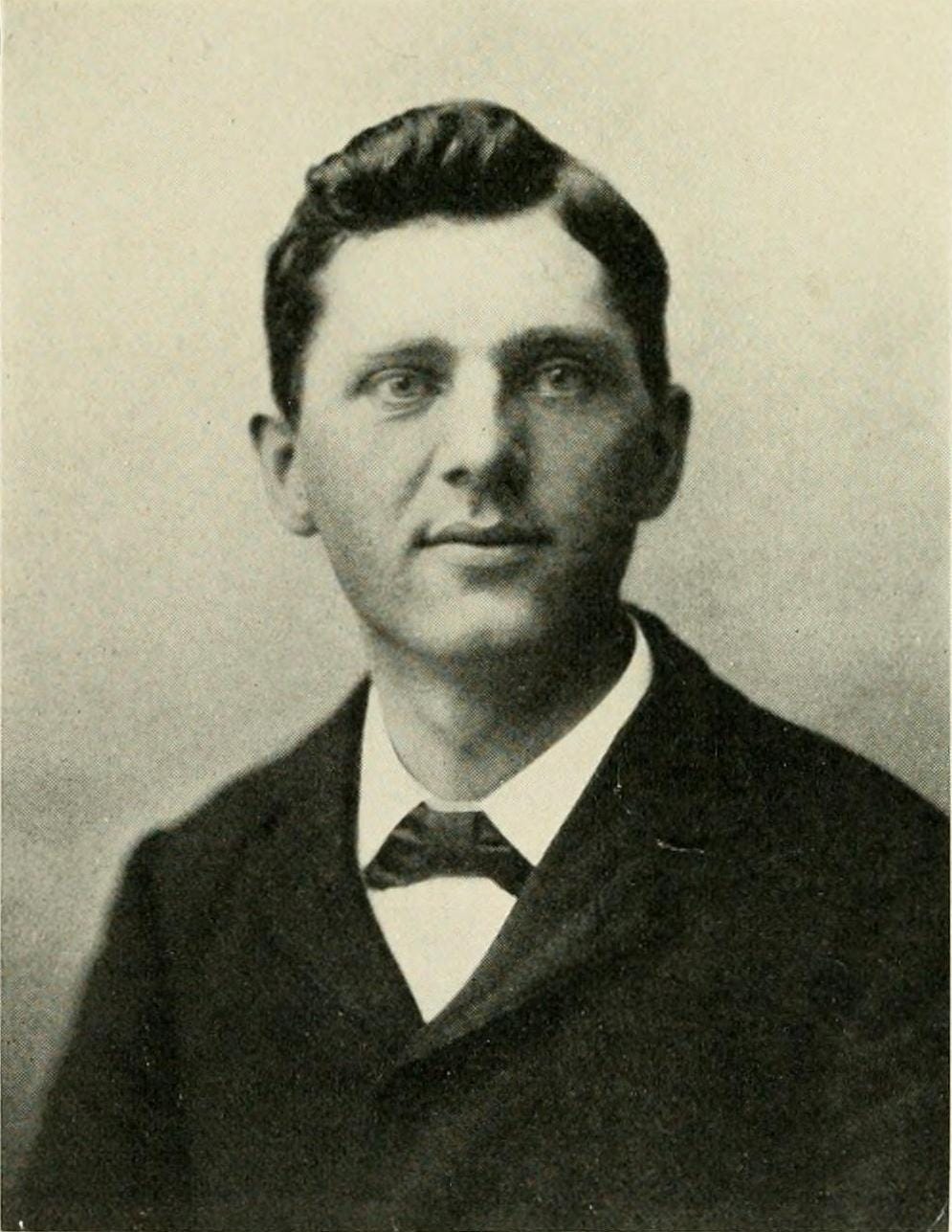
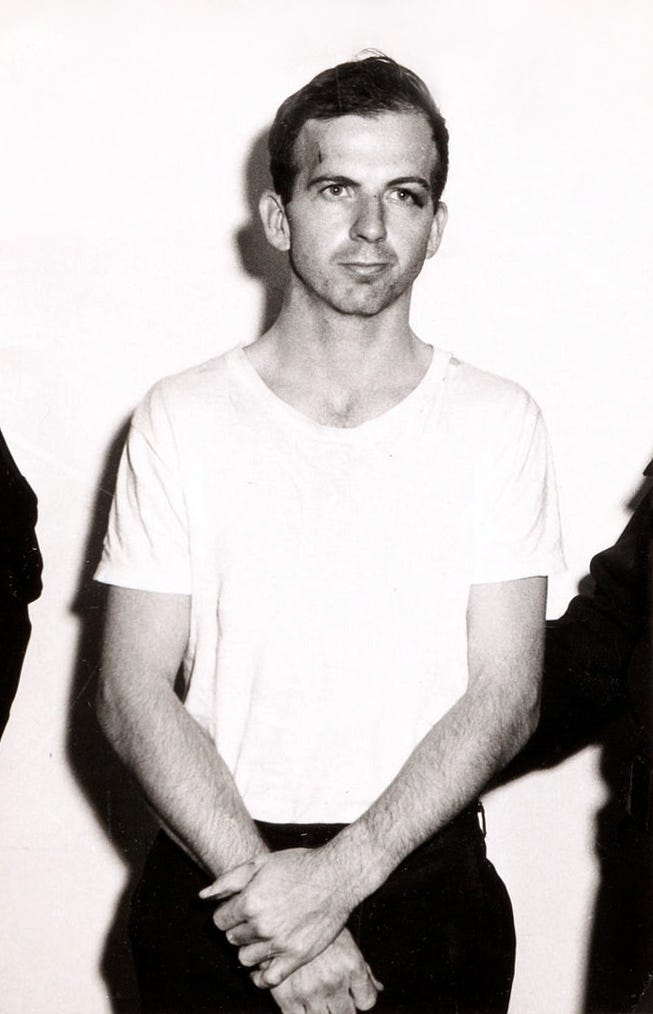
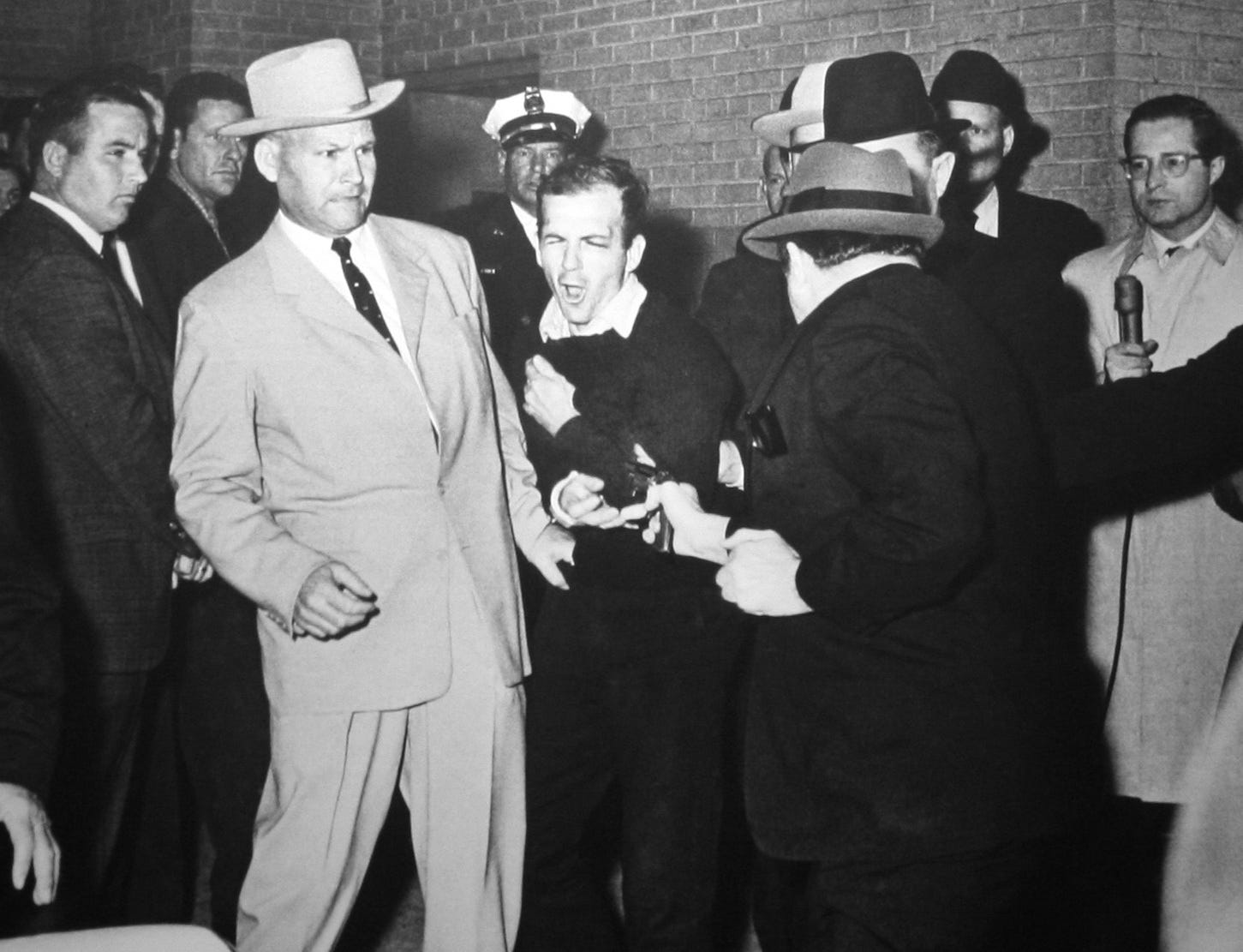
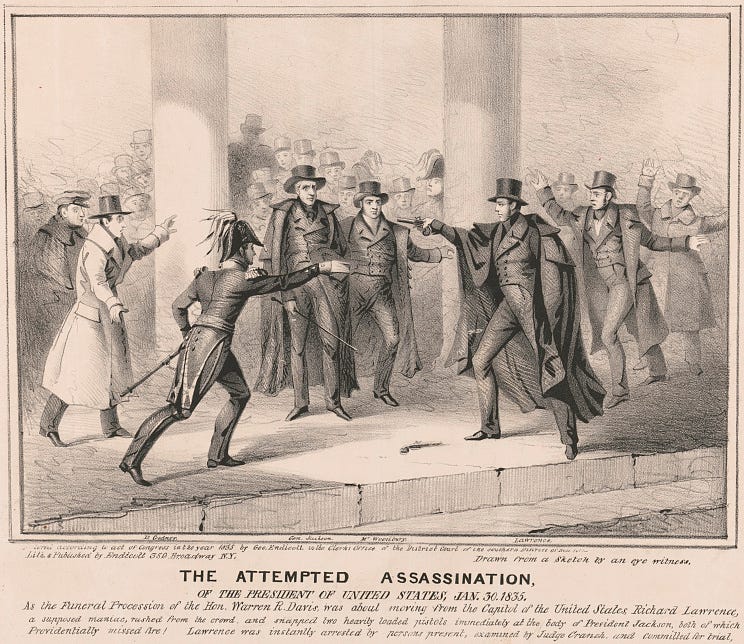

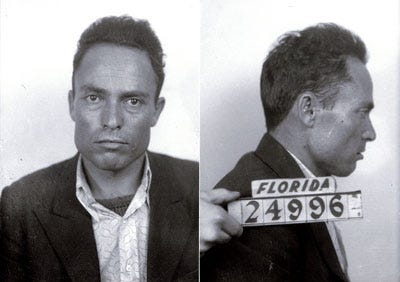
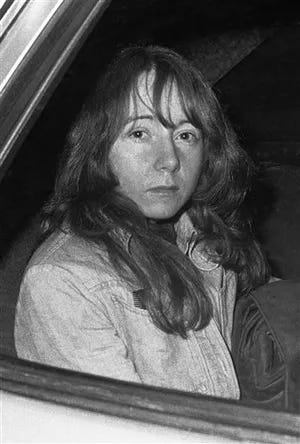
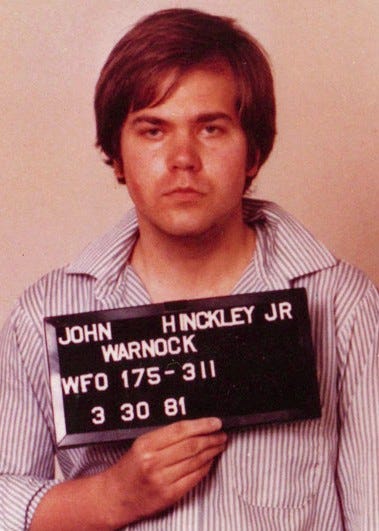


I love your writing and your cynical, questioning and fact-driven mind. I'm a happy subscriber. I think you will turn out to be wrong on JFK and RFK, but maybe in this way: that the forces released by all of these poorly led insitutions (the MIC, the intelligence community, the media, industries that are captured by and/ or have captured the above, duplicitous/ self-interested elected officials,and others) give rise to these kinds of assasinations, attempts, and other messy outcomes, collusion/ conspiracy or none. Clearly there was an institutional conspiracy to mislead on COVID, and the multiple messy outcomes and mismanagement that rose out of all of that undoubtedly led to millions of uneccessary deaths. It's disingenous for public figures today to say (you're not one of these) that the rhetoric, lawfare and so forth that's been used aganst Trump isn't partially to blame for the demonstrably false convictions many have that Trump is Hitler and is, in himself, an existential threat to all of us. It will be a complete surprise to any thoughtful person if Trump's would be assassin is anything other than a sorry, individual lone actor. It's also likely we will never know the degree to which his rooftop attempt was in part driven by all this rhetoric, but the rhetoric is real, negative, impactful, wrong headed and irresponsible. Does it all amount to a conspiracy? Probably not. But there are undeniably lots of coordinated, conpiratorial sub-routines (like saying Democracy is at stake with every sniff of ill-wind at the hot-dog eating contest otherwise known as U.S. politics) that give rise to so many of these unfortunate outcomes. We are all citizens, and we can all be right, or at least kind of right, at the same time, regardless of which side, or any side, we may think we are on.
Thank you for that very detailed history lesson!